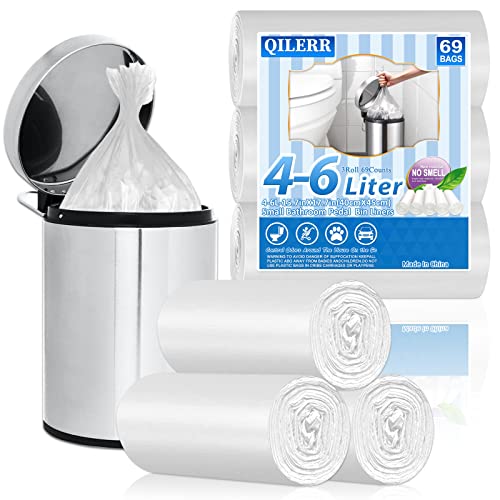Things people with clean bathrooms always do — 9 habits to pick up for a spotless wash space
These are the practices you might want to adopt to keep your bathroom looking its best
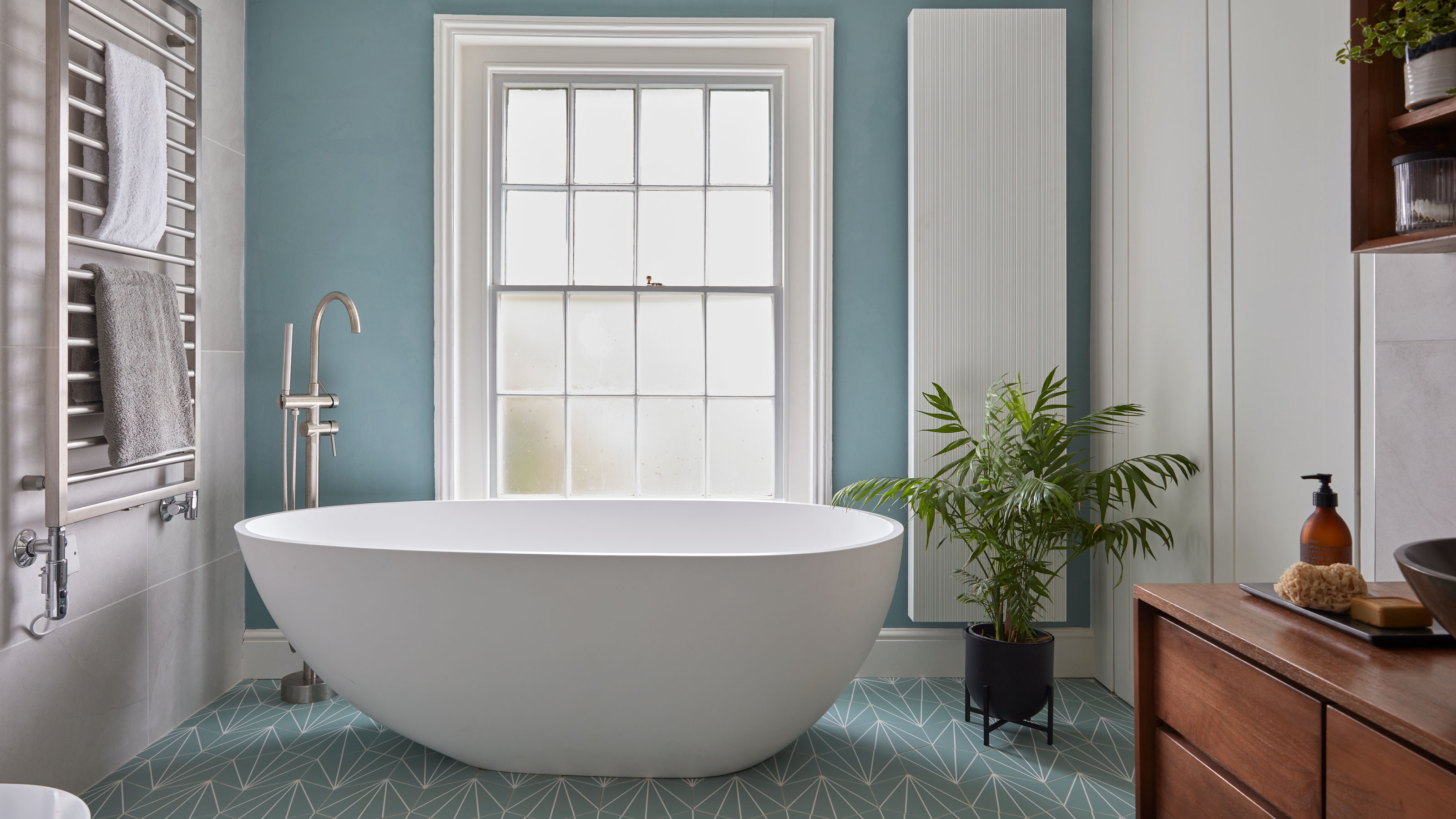

No one loves to clean the bathroom, not even those people who always seem to have a clean bathroom. You see while many of us opt to dedicate a specific day to tackling the space, that friend with a spotless bathroom has taken a different approach to cleaning a bathroom. Instead, they have built up habits that allow them to keep it that way with small regular bursts of effort.
‘Rather than dealing with big messes, they prevent them,’ Catherine Green from smol, reveals. This means taking a few minutes each day to prevent things from building up.
Taking time out each day might sound time-consuming on the surface, but it will add up to the same amount of time as your one big clean. Think of it this way, instead of taking 30 minutes to clean your bathroom and having a grubby space for half the week, you could be cleaning for 5 minutes, on just five days and always have a clean bathroom.
But what are those habits you should be getting into to make those 5 minutes as useful as possible? Here are ten things people with clean bathrooms always do, and ways to start implementing them into your own cleaning routine going forward.
1. Wipe down surfaces everyday
‘People who maintain clean bathrooms make it a daily habit to wipe down all surfaces, including counters, sinks, mirrors, and shelves,’ reveals Cory Powell, Co-Director of DBS Bathrooms. ‘A quick wipe helps remove any watermarks, soap scum, or dust that may accumulate throughout the day.’
Doing this regularly will save you from having to dedicate hours to a deep clean, with a quick wipe down only taking a few minutes, instead. It will also help you to keep on top of any buildup, before it happens, to keep your bathroom looking polished and fresh with very minimal effort.
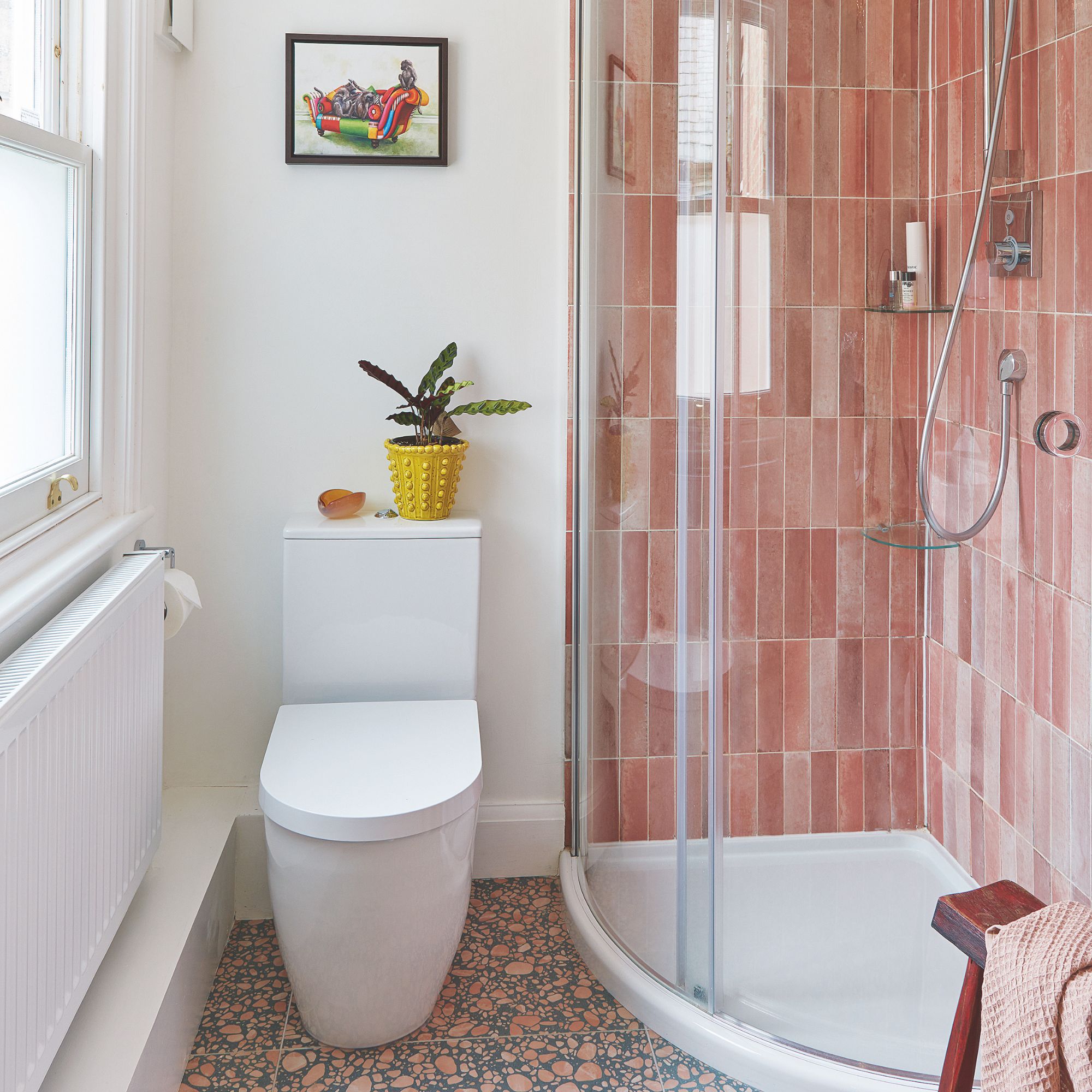
2. Squeegee shower screens
In a similar vein, ‘people with clean bathrooms often use a squeegee or cloth after every shower to keep the glass clear, reducing the need for heavy-duty scrubbing later,’ Cory suggests.
Get the Ideal Home Newsletter
Sign up to our newsletter for style and decor inspiration, house makeovers, project advice and more.
This stops soap, excess water and grime from gathering on the shower screen, wall panels and glass in your shower or wet room, as well as streaks and smears so you don't have to work out how to get rid of hard water stains.

The design of this squeegee means it can be hooked over a tap or shower valve ready to use.
3. Empty the bathroom bin regularly
Another quick and easy way to make your bathroom look and feel cleaner is by emptying your bathroom bin on a regular basis. As items in the bin start to accumulate they can lead to unpleasant odours and the bathroom looking untidy.
Try to get into the habit of emptying your waste bin every few days, or at least once a week, depending on how quickly it fills up. The easiest way to keep on top of this is to line your bathroom bin with small bin liners that you can easily toss into a black bin liner.
4. Clean grout weekly
‘Grout is essential for tiling; however it is porous and absorbs moisture which can lead to the growth of mildew,’ says Sarah McGregor, Bathroom Expert at Victorian Plumbing. ‘Make sure you clean your tiling properly after a shower with a soft bristle brush in between tiles. This will remove soap scum and prevent the build-up of mineral deposits.’
5. Control the humidity and air flow
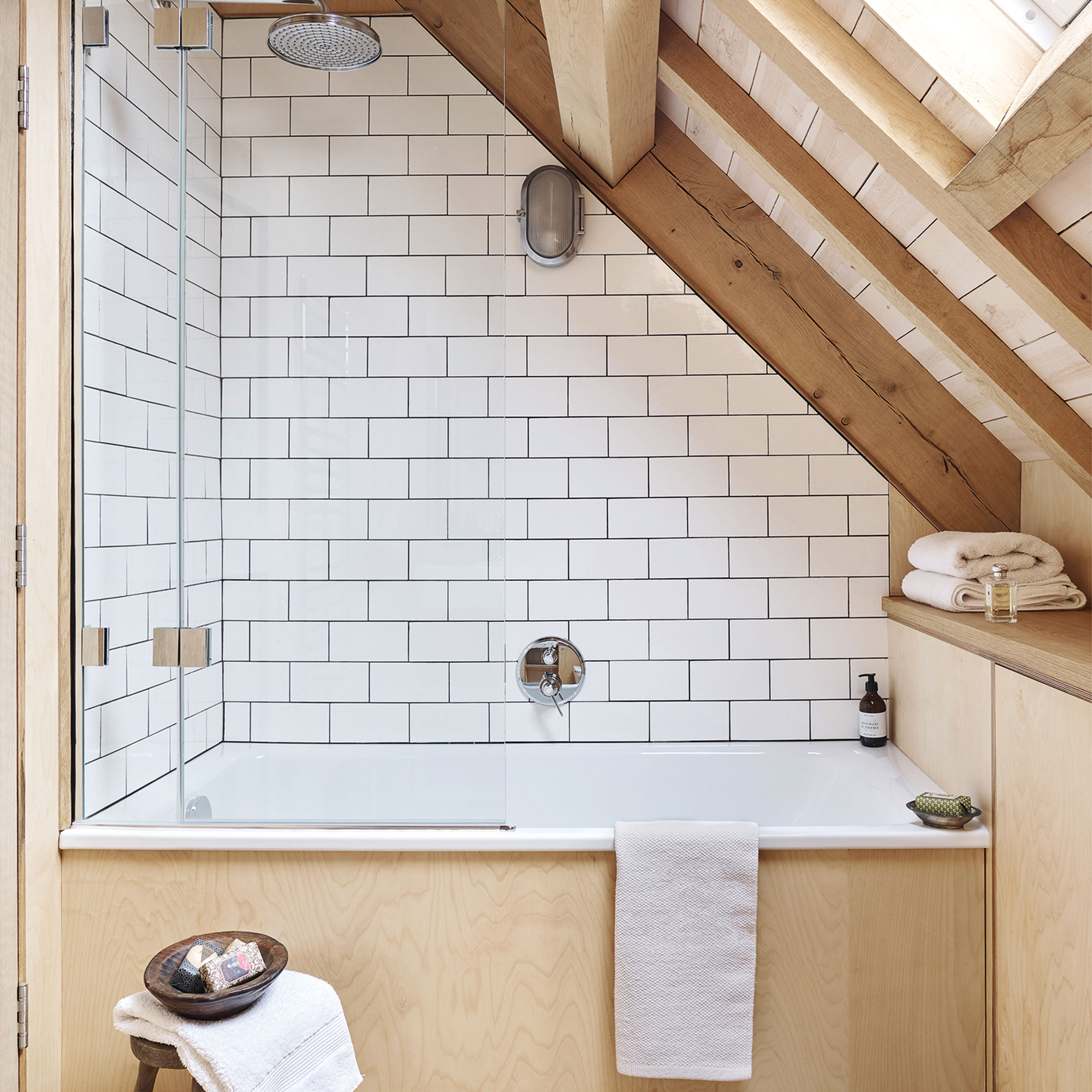
‘Excessive moisture and humidity in bathrooms can lead to mould and mildew growth, which is why clean bathroom owners control humidity levels by using exhaust fans, opening windows, or utilising dehumidifiers,’ Cory states.
Not only does this help to keep the air feeling fresh, while preventing mould from developing but it can also help to protect and prolong your bathroom surfaces. While ‘wall panels are a moisture-resistant option, preventing mould and mildew growth in moisture-prone areas like showers or behind sinks, in contrast, tile grout can absorb moisture and may contribute to mould growth if not properly maintained,’ Cory warns.

This moisture absorber will suck any excess moisture up and is safe to use in a bathroom.
6. Wash and change bath mats

As you might expect, bath mats – both the non-slip kind that you use inside the bath and the ones that you put on your bathroom floor – can accumulate moisture, which creates a perfect breeding ground for mould and mildew. People with clean bathrooms make it a point to wash their bathroom mats frequently and swap out any that are past their best, to prevent this.
Keeping the mats dry and fresh not only helps maintain cleanliness, but it also prevents any unpleasant or musty odours from developing.
For fluffy bath mats or ones made of fabric, ‘You should wash your bath mat at least once a week to remove any bacteria that has built up,’ says Bio-D's Sustainability, NPD and Regulatory Manager, Heather Nixon. ‘Incorporate it into your towel washing schedule, and once dry give them a good shake to help fluff up the fibres and make it more absorbent. Though you’ll want to avoid fabric conditioner when washing, which can leave a residue and make it less effective.’
7. Keep toiletries and products organised
Unnecessary clutter can make a bathroom look a lot messier than it actually is. So, if you don’t necessarily need three different bottles of shampoo or shower gels out on display, look into bathroom storage ideas to hide these out of sight for a more streamlined look.
According to Cory: 'a key characteristic of people with clean bathrooms is their dedication to keeping toiletries and bathroom supplies organised. They use drawers, cabinets, or baskets to neatly store items like shampoo, soap, and skincare products. This prevents clutter on countertops, which makes surfaces easier to clean. A clean and organised bathroom also creates a more spacious and calm environment.’
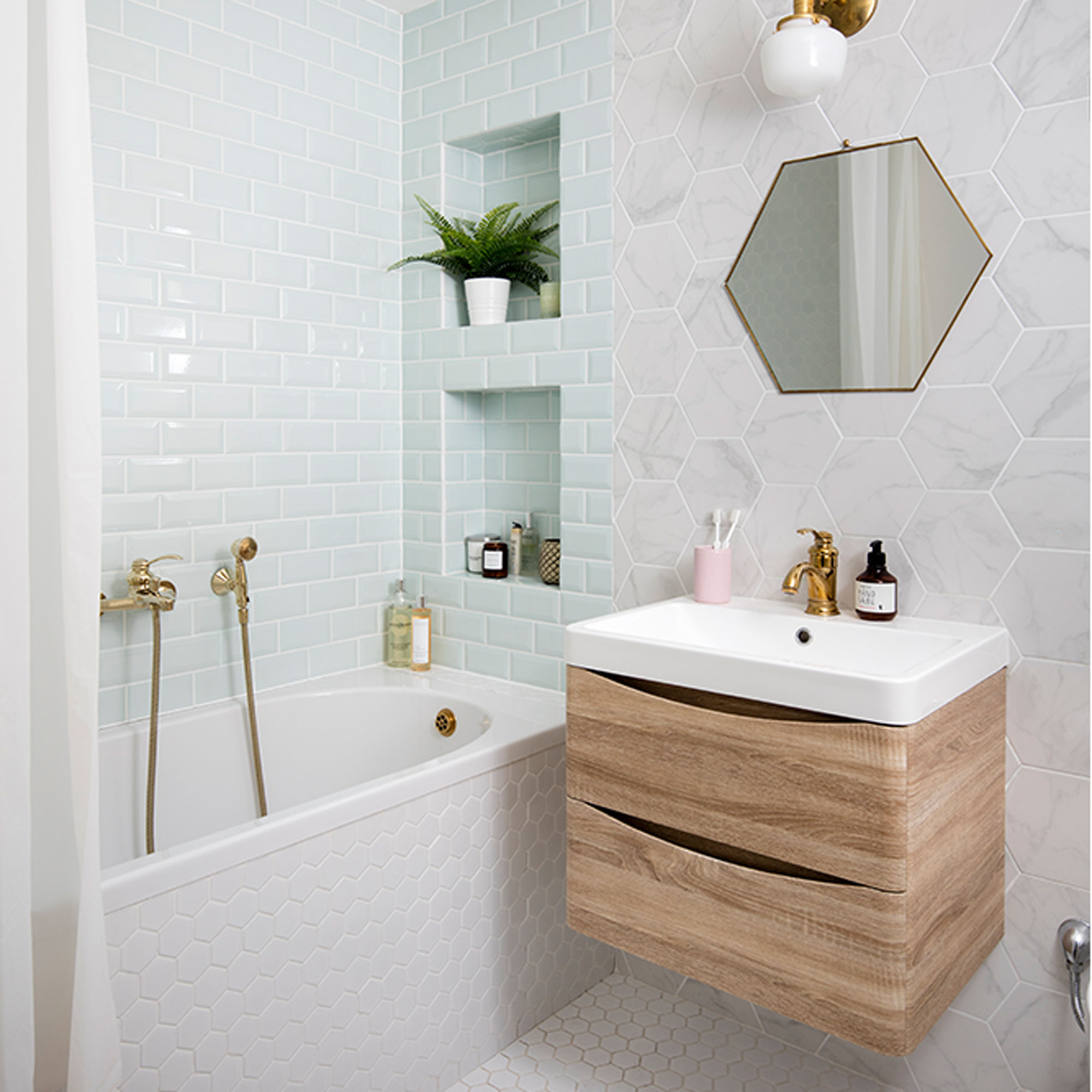
8. Use a drain cover
If you don’t already have a drain or plug cover to catch hair, adding one to your bath or shower will save you from having long hairs start to clog up the system. A cover will go a long way in avoiding having to unclog a shower plug.
Alternatively, ‘every couple of months give them a preventative cleaning to clear anything that might be hiding down there,’ Sarah proposes.
And ‘bicarbonate of soda can work wonders. Just pour a small amount down the sink followed by clear vinegar, which should remove anything clogging the pipes.’
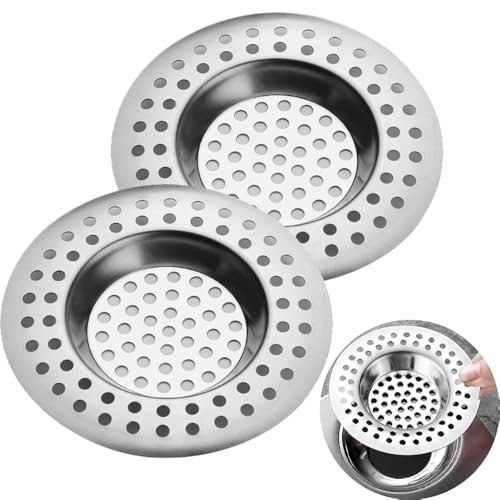
These sit neatly over a drain, and after showering pick it up and remove the hair into the bin before rinsing and replacing.
9. Keep the floor clean
Not only is it important to pick up any damp – or unused – towels from the floor, but ideally you’ll want to ‘hoover or mop flooring every week,’ Lee says. You’ll also probably notice quite a bit of hair on your bathroom floor, if you take a good look, and this can be especially true if you brush or comb through your hair before or after you hop in the shower.
Both in terms of safety and aesthetics, you’ll want to get into the habit of drying your bathroom floor if there are any wet footprints or splashes, too, to keep it looking clean and tidy.
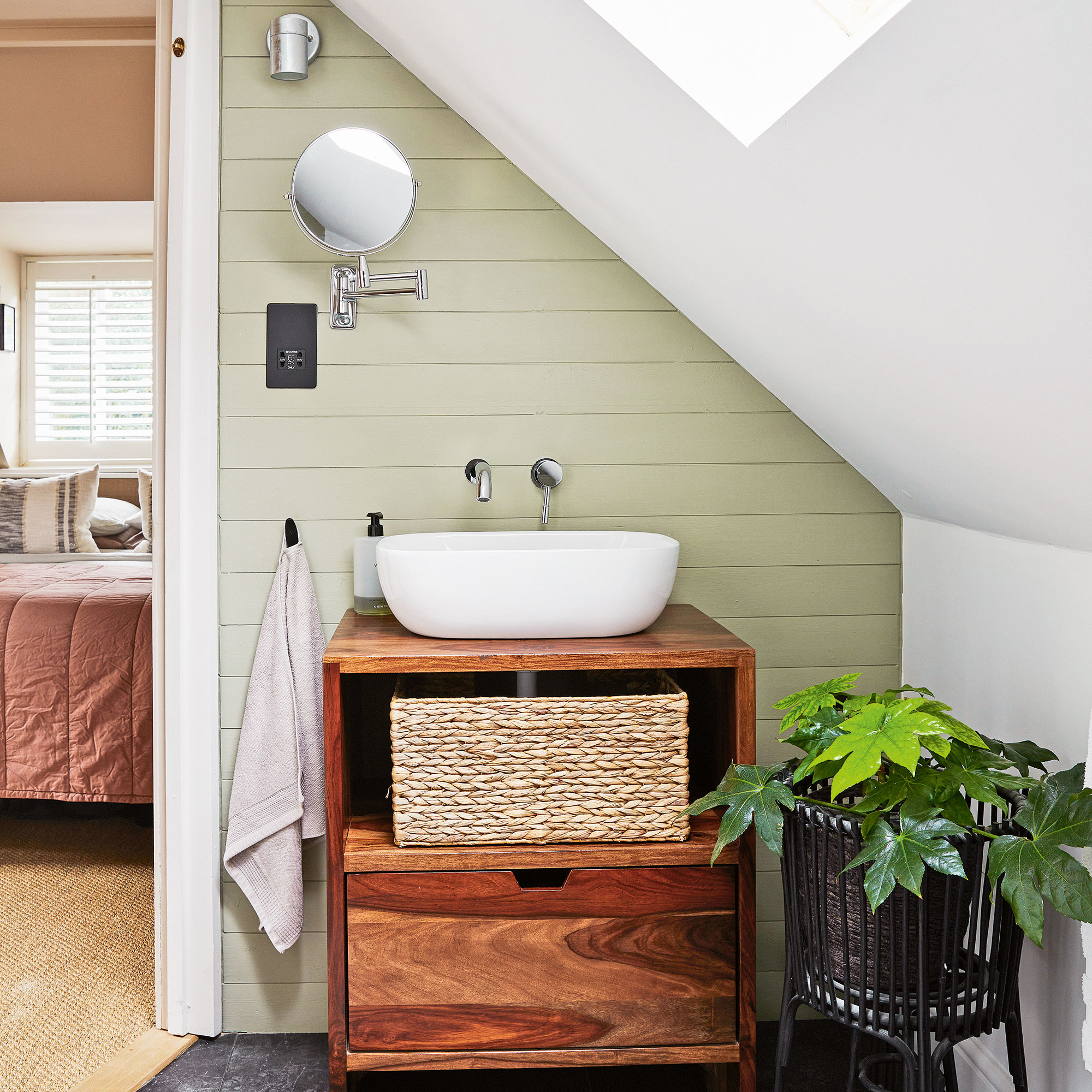
10. Always have clean towels
Finally, one thing people with clean bathrooms always do is have clean towels ready for guests and family members to use. ‘Clean, fluffy towels help a bathroom look clean and tidy,’ Lee says, with them also adding a spa-like quality to any bathroom.
On the other hand, dirty or damp towels can make a bathroom look unkempt and contribute to unwanted smells. So, hang up any that have been used and swap them out for fresh towels every day or so, depending on how often you use them.
Now you've found out all the secrets that people with always clean bathrooms do, will you be adopting any of their habits?

Ellis Cochrane has been a Freelance Contributor for Ideal Home since 2023. Ellis has been writing about homes, interiors and gardens for four years now, with her also contributing to House Beautiful, Country Living, Expert Reviews, Real Homes and Stylist.
-
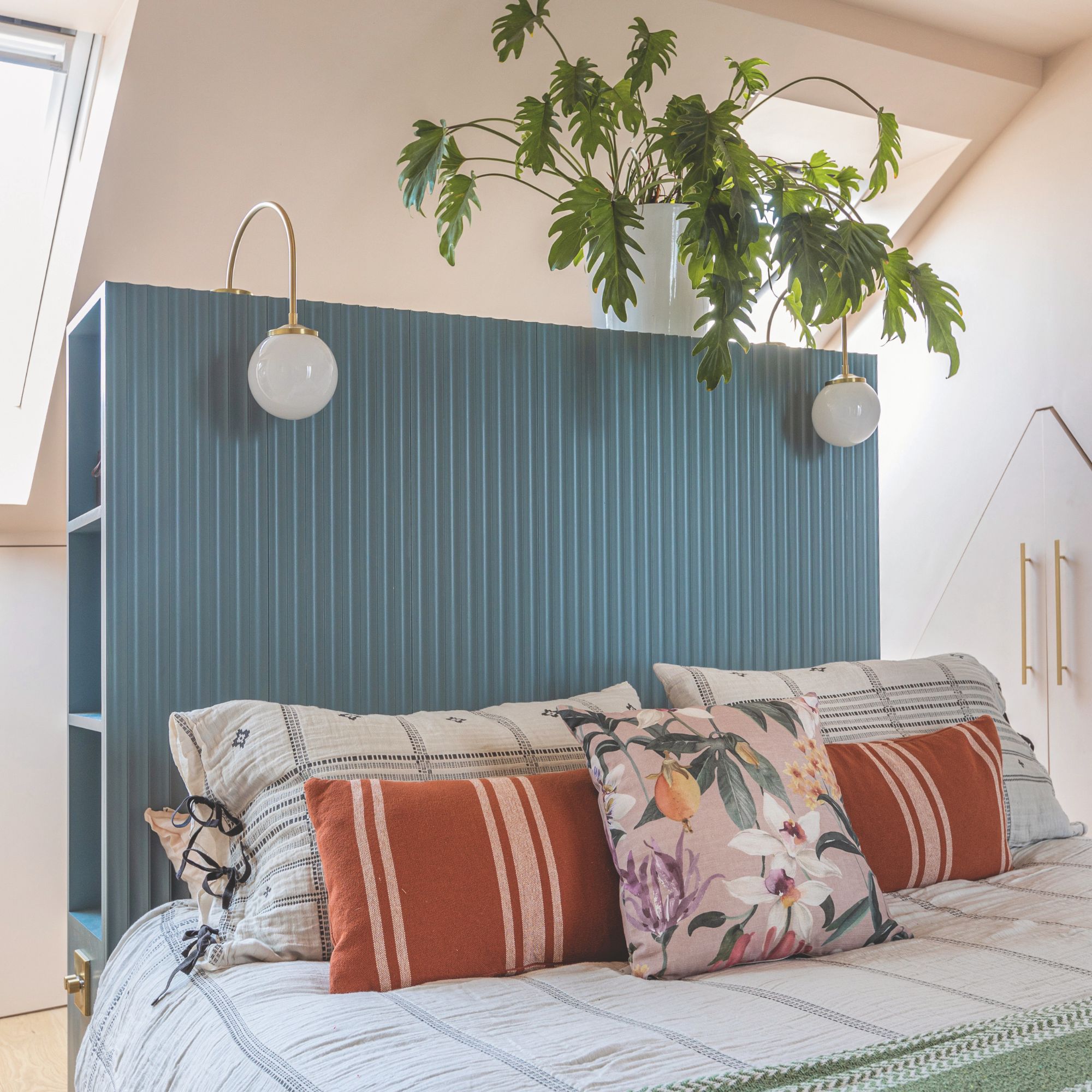 5 signs you’ve taken decluttering too far — and how you can pull yourself back, according to organisation experts
5 signs you’ve taken decluttering too far — and how you can pull yourself back, according to organisation expertsYou might have to start resisting the urge to purge
By Lauren Bradbury
-
 What is the Party Wall Act 3m rule and is it something you should be worried about? This is what the experts say
What is the Party Wall Act 3m rule and is it something you should be worried about? This is what the experts sayDon't get caught off-guard by the Party Wall Act 3m rule — our expert guide is a must-read
By Natasha Brinsmead
-
 Shoppers can’t get enough of The Range’s lemon tree, but I’ve found an even cheaper bestseller at B&Q - it’s perfect for a Mediterranean look
Shoppers can’t get enough of The Range’s lemon tree, but I’ve found an even cheaper bestseller at B&Q - it’s perfect for a Mediterranean lookWelcome the summer with this glorious fruit tree
By Kezia Reynolds
-
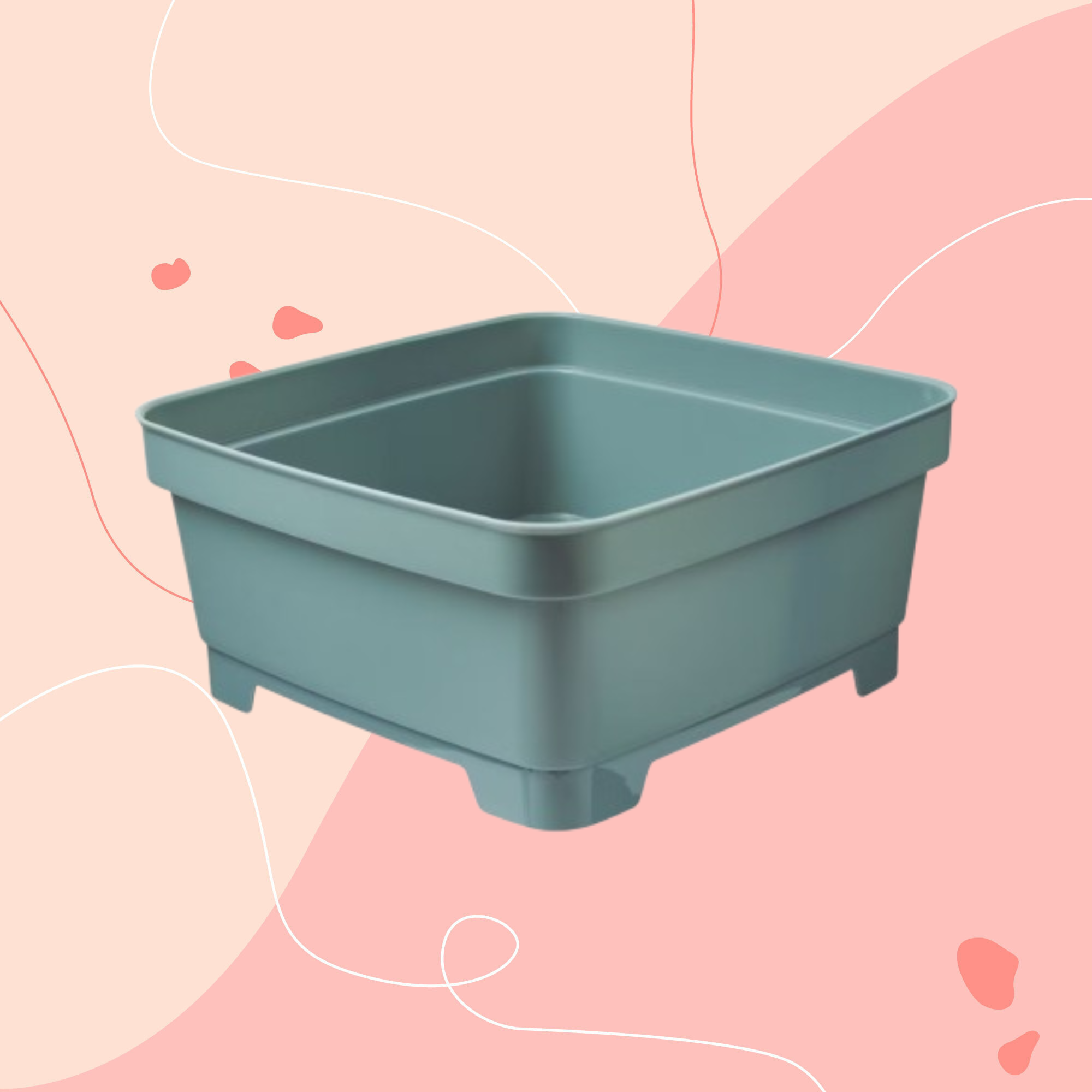 Aldi is releasing a budget alternative to the cult Joseph Joseph washing up bowl – it’s just £4.99
Aldi is releasing a budget alternative to the cult Joseph Joseph washing up bowl – it’s just £4.99The Joseph Joseph washing up bowl is an Ideal Home favourite - now we can't wait to try Aldi's alternative
By Kezia Reynolds
-
 I just bought my first home, and this £10 buy was the very first thing I bought for it to make it feel warmer and secure
I just bought my first home, and this £10 buy was the very first thing I bought for it to make it feel warmer and secureIf I did it all again, this would still be my very first buy
By Rebecca Knight
-
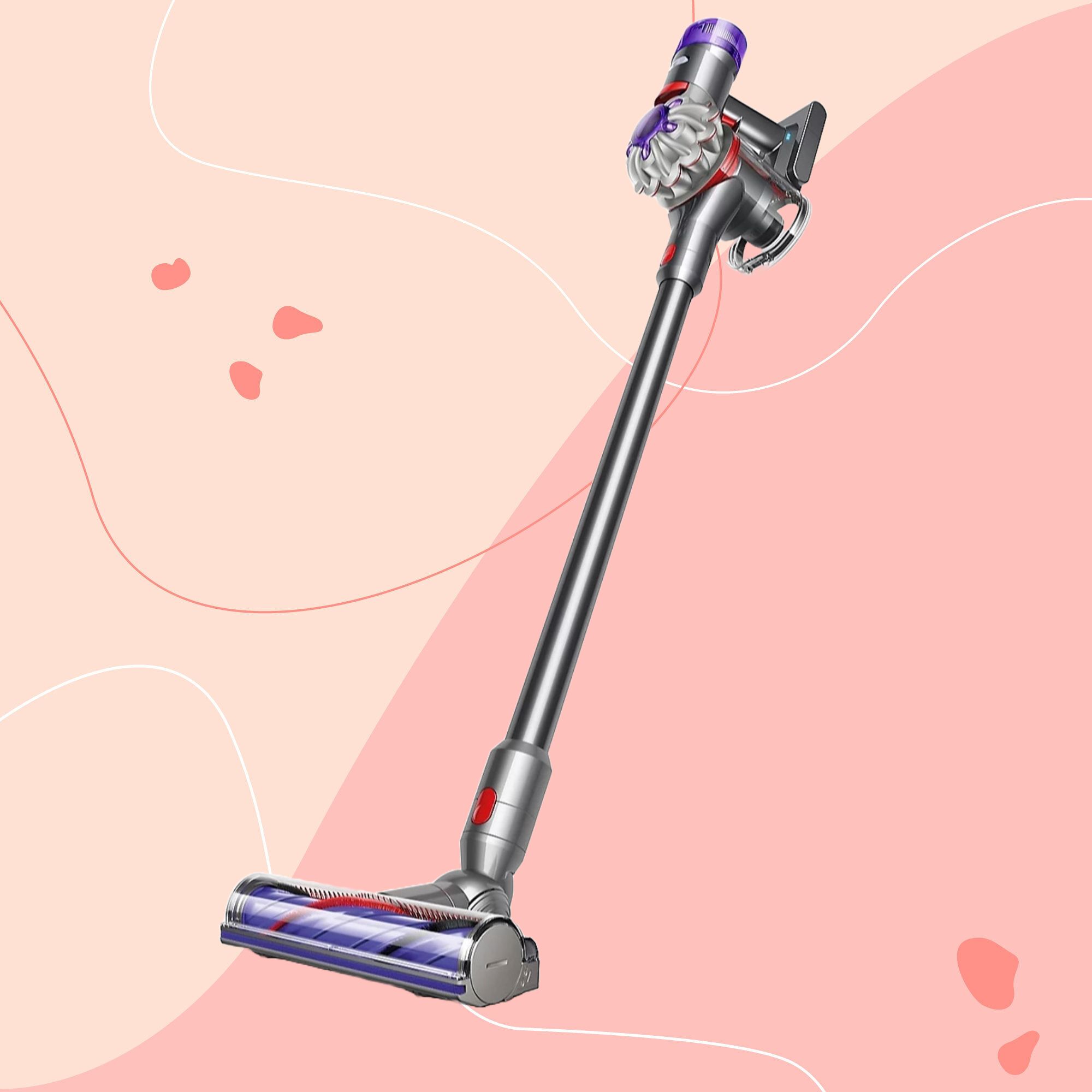 It’s normally impossible to find a Dyson vacuum for under £250 — but QVC has slashed the price of their bestselling models for a limited time
It’s normally impossible to find a Dyson vacuum for under £250 — but QVC has slashed the price of their bestselling models for a limited timeRun don’t walk to pick up the brand’s bestselling model for under £230 before it sells out
By Lauren Bradbury
-
 Catherine Zeta-Jones has revealed the cleaning product she swears by to keep her home fresh - and it’s just £8 on Amazon
Catherine Zeta-Jones has revealed the cleaning product she swears by to keep her home fresh - and it’s just £8 on Amazon'I use it on my counters. I use it on my walls. I use it on my doors. When I smell it, I know my house is clean.'
By Kezia Reynolds
-
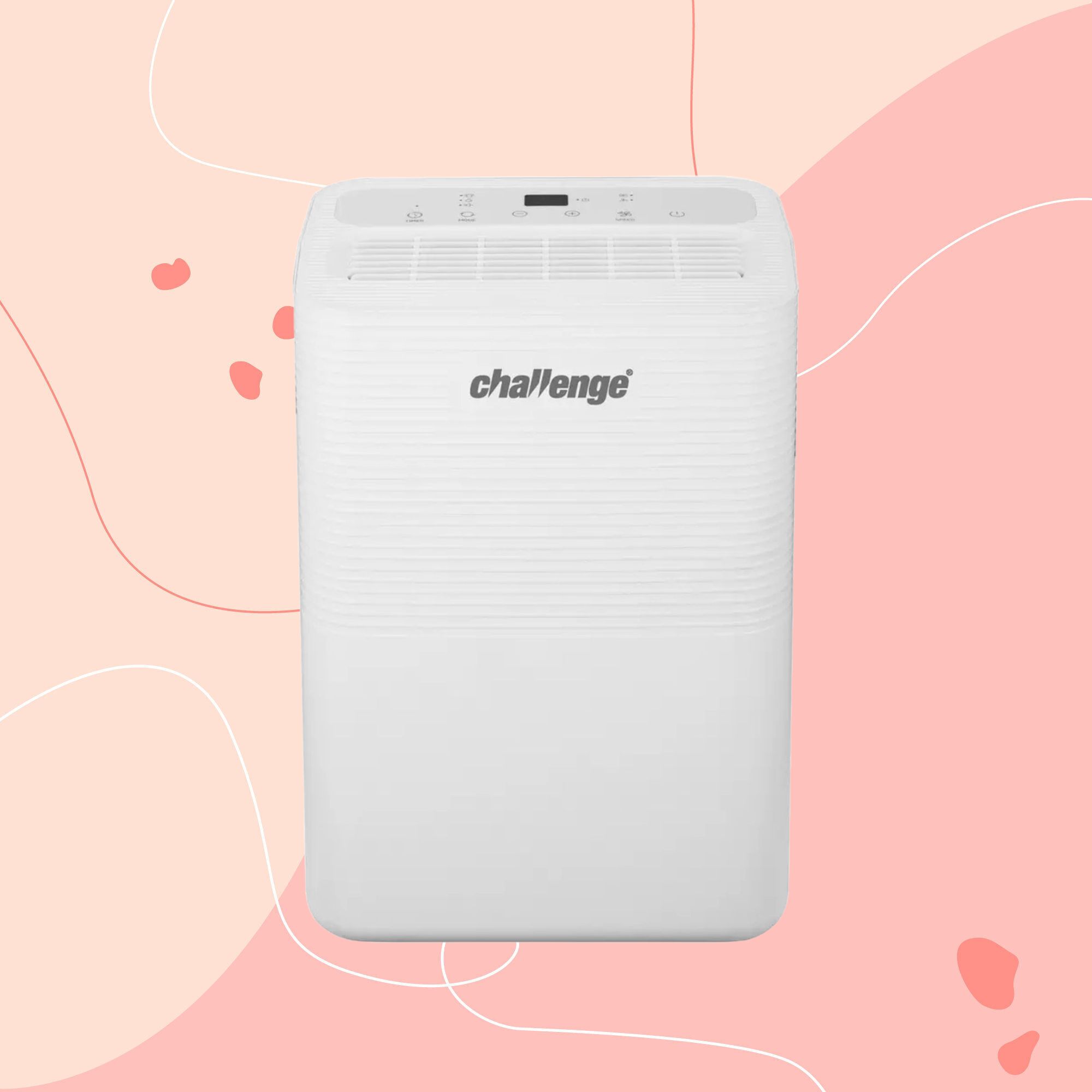 I tested the 12L Challenge dehumidifier in my damp Victorian home over winter — I haven’t spotted any signs of mould for the first time in five years
I tested the 12L Challenge dehumidifier in my damp Victorian home over winter — I haven’t spotted any signs of mould for the first time in five yearsThe Challenge 12L dehumidifier doesn’t have too many bells and whistles, but I can already see the difference it’s made to my damp home
By Lauren Bradbury
-
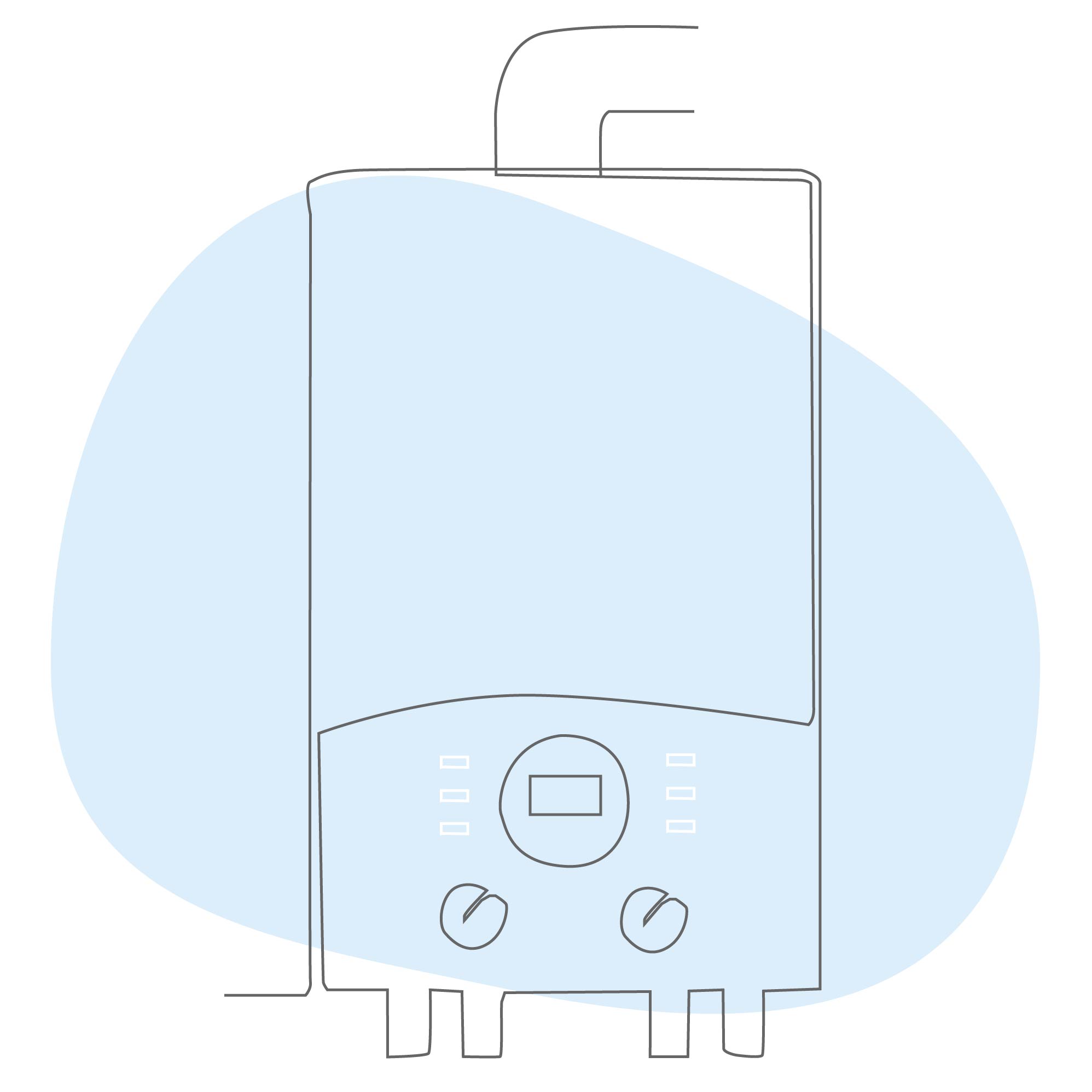 What is boiler flow temperature? Heating experts urge you to check yours now as you could be overpaying on your energy bills
What is boiler flow temperature? Heating experts urge you to check yours now as you could be overpaying on your energy billsTurning this little-known number down just a few degrees can result in some serious savings
By Lauren Bradbury
-
 Stacey Solomon has shared 5 nifty wardrobe storage hacks to make getting ready in the morning easier — and they're genius
Stacey Solomon has shared 5 nifty wardrobe storage hacks to make getting ready in the morning easier — and they're geniusThese five wardrobe storage hacks are a gamechanger
By Katie Sims
-
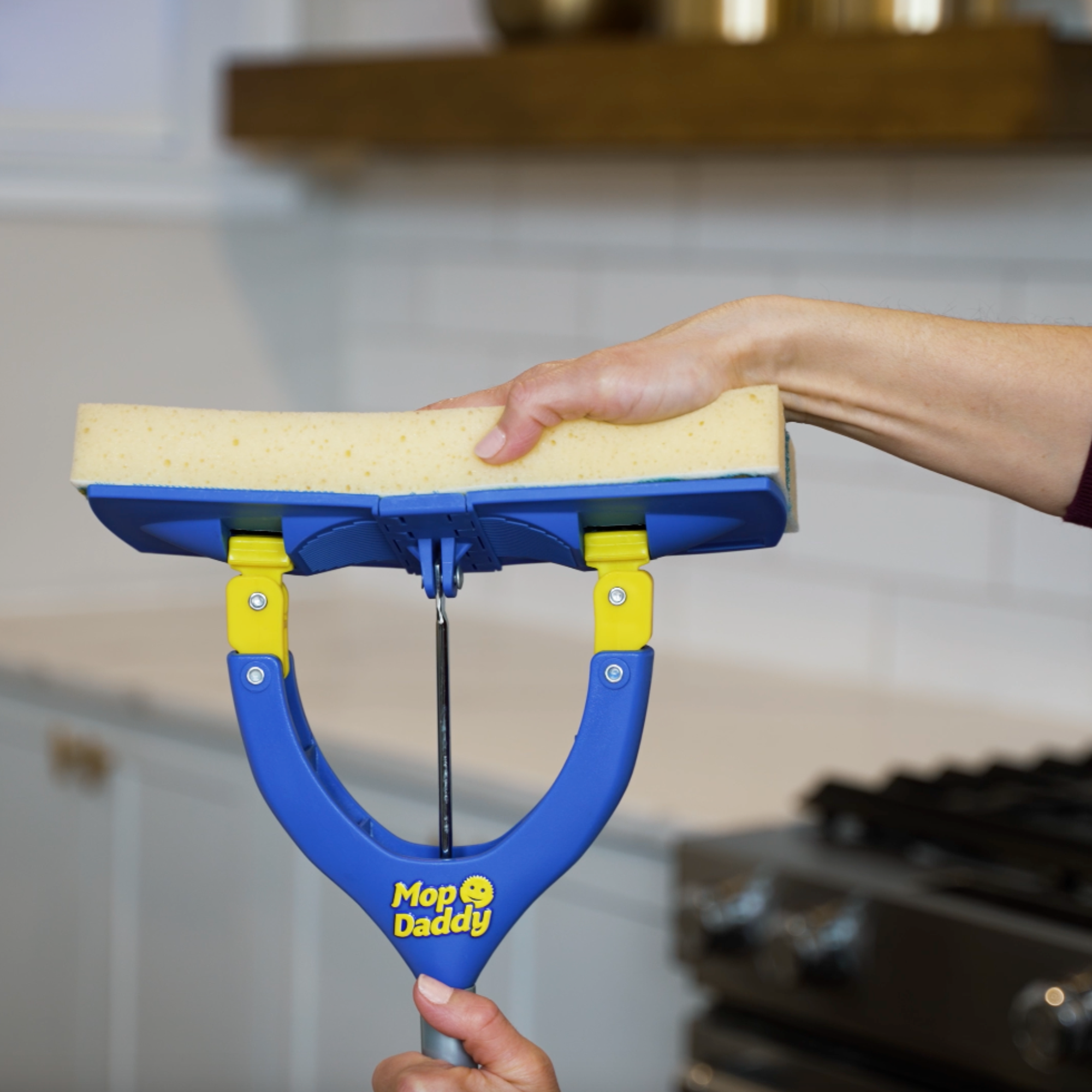 Cult cleaning brand Scrub Daddy has just launched a brand new butterfly mop — could it be the ultimate solution for banishing stubborn marks on your floor?
Cult cleaning brand Scrub Daddy has just launched a brand new butterfly mop — could it be the ultimate solution for banishing stubborn marks on your floor?We're obsessed with all things Scrub Daddy
By Kezia Reynolds
